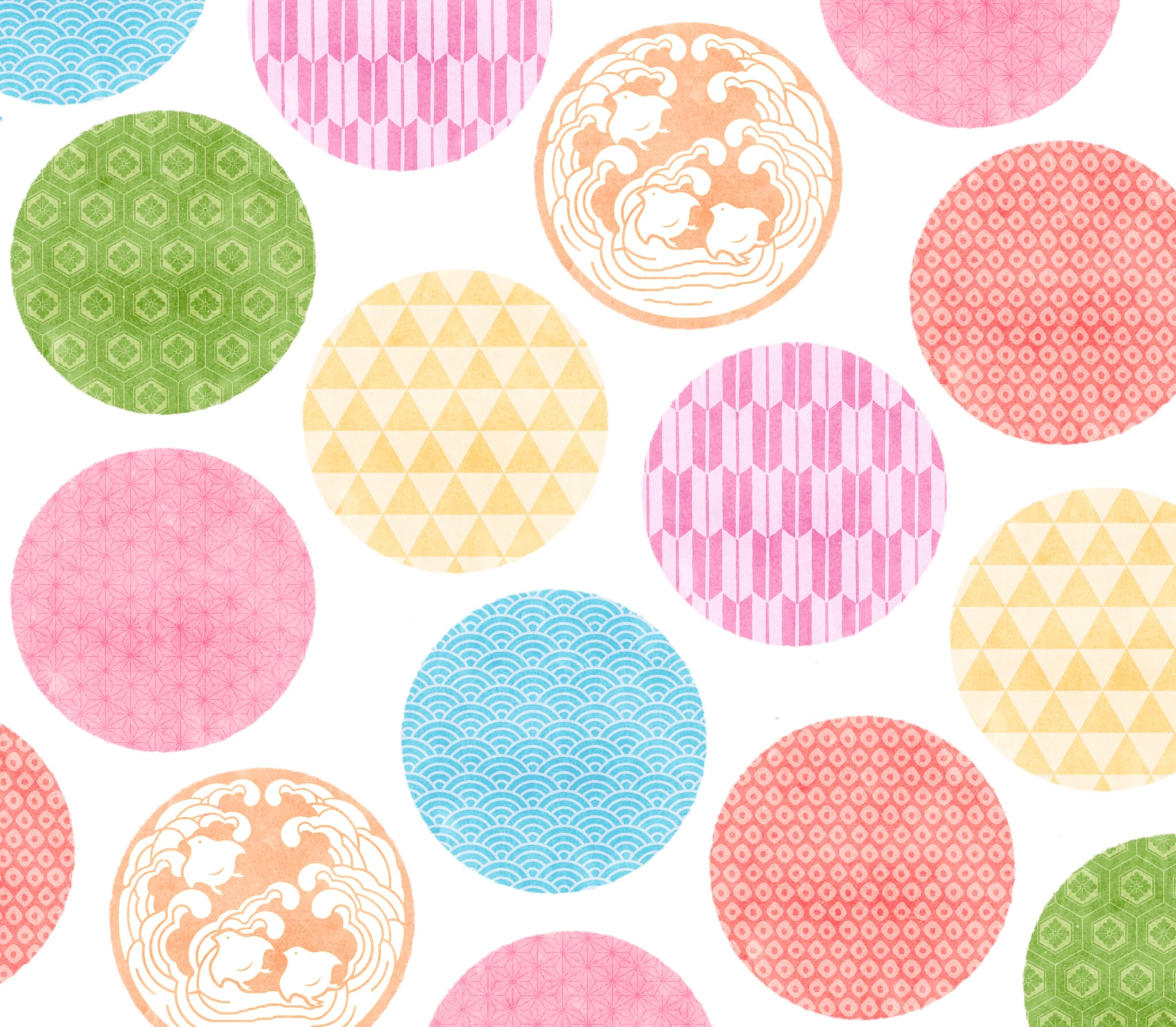Wagara are traditional Japanese patterns; wa means “Japanese-style” and gara means “pattern.” You’ll notice these patterns everywhere in Japan — on kimono and yukata (cotton summer kimono), tenugui handkerchiefs, stationery, housewares and more. Many of these patterns date to the Heian period (794–1185), with roots stretching back even further. Mainly inspired by nature — whether in appearance or meaning — wagara have been passed down through generations of artisans.
Here, we introduce eight patterns — some of which you’ve likely seen before — and the meanings they carry in their lines, dots and intricate designs.
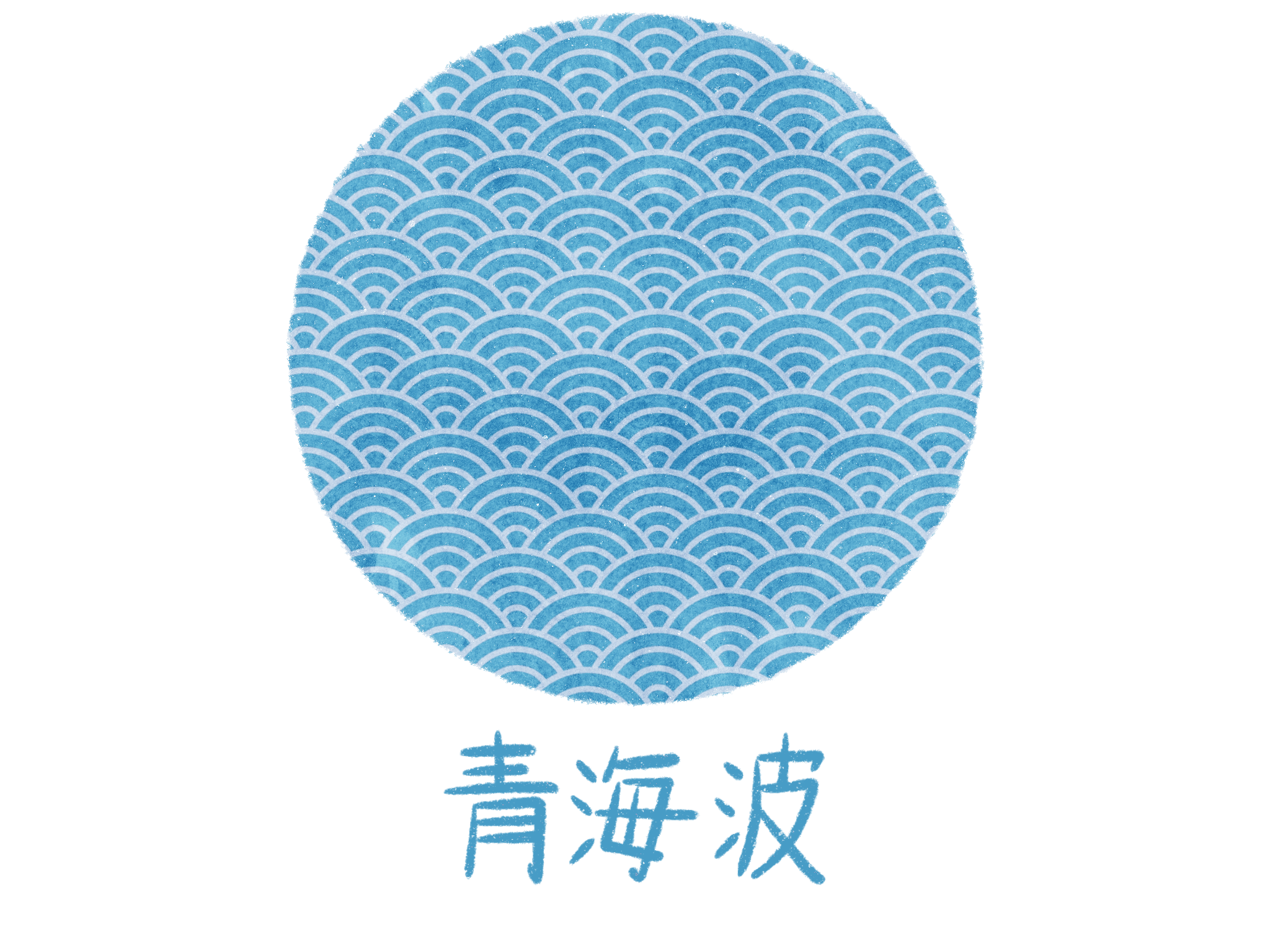
Seigaiha
Seigaiha is one of the most commonly used wagara. The pattern’s overlapping concentric circles create an ocean wave motif that represents the vast, open sea — fitting for the island nation of Japan. The name originates from the gagaku medieval imperial court dance called seigaiha, whose dancers wore costumes decorated with this pattern. Reflecting the ocean, seigaiha symbolizes tranquility and quiet strength.
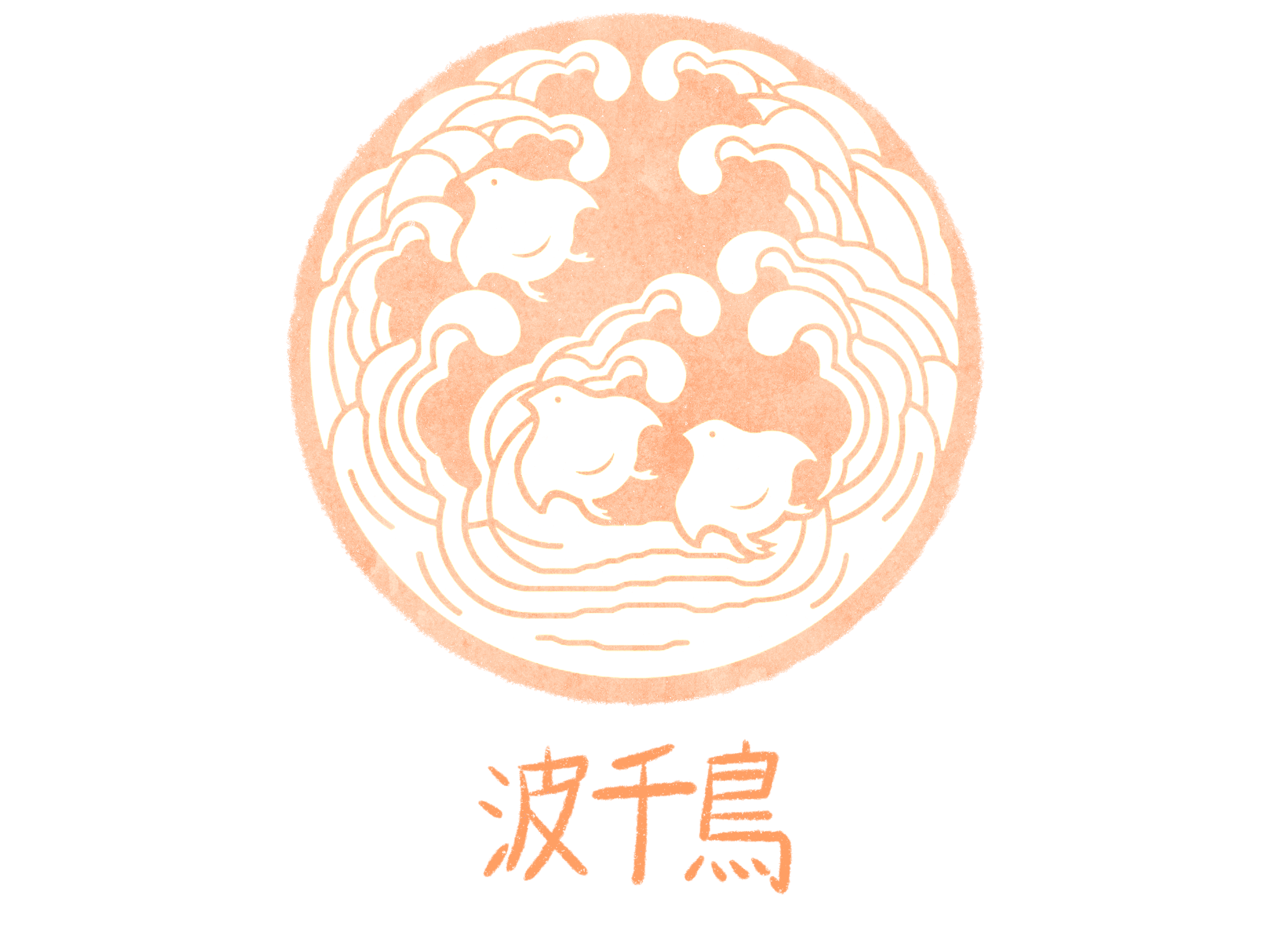
Nami-Chidori
Nami-chidori translates to “waves and plovers.” Plovers — the “chidori” part of the pattern name — are short-billed wading birds that resemble sandpipers and can typically be found by water. Because the birds are known for their ability to fly through strong winds and high waves during migration, nami-chidori symbolizes perseverance and overcoming challenges. It’s also a popular pattern to communicate family safety and communities overcoming the rough waves together.

Kikko
The kikko wagara is inspired by the hexagonal patterns on the shells of tortoises, auspicious animals that symbolize longevity. Its name may have reminded you of Kikkoman, the world’s leading manufacturer of soy sauce. Kikkoman’s logo features a kikko hexagon and the kanji for the number 10,000.
According to Japanese legends and folk stories such as Urashima Taro, a tale where a fisherman is taken to an underwater kingdom as a reward for rescuing a turtle and accidentally spends over 100 years there, turtles symbolize happiness, success and a long life.
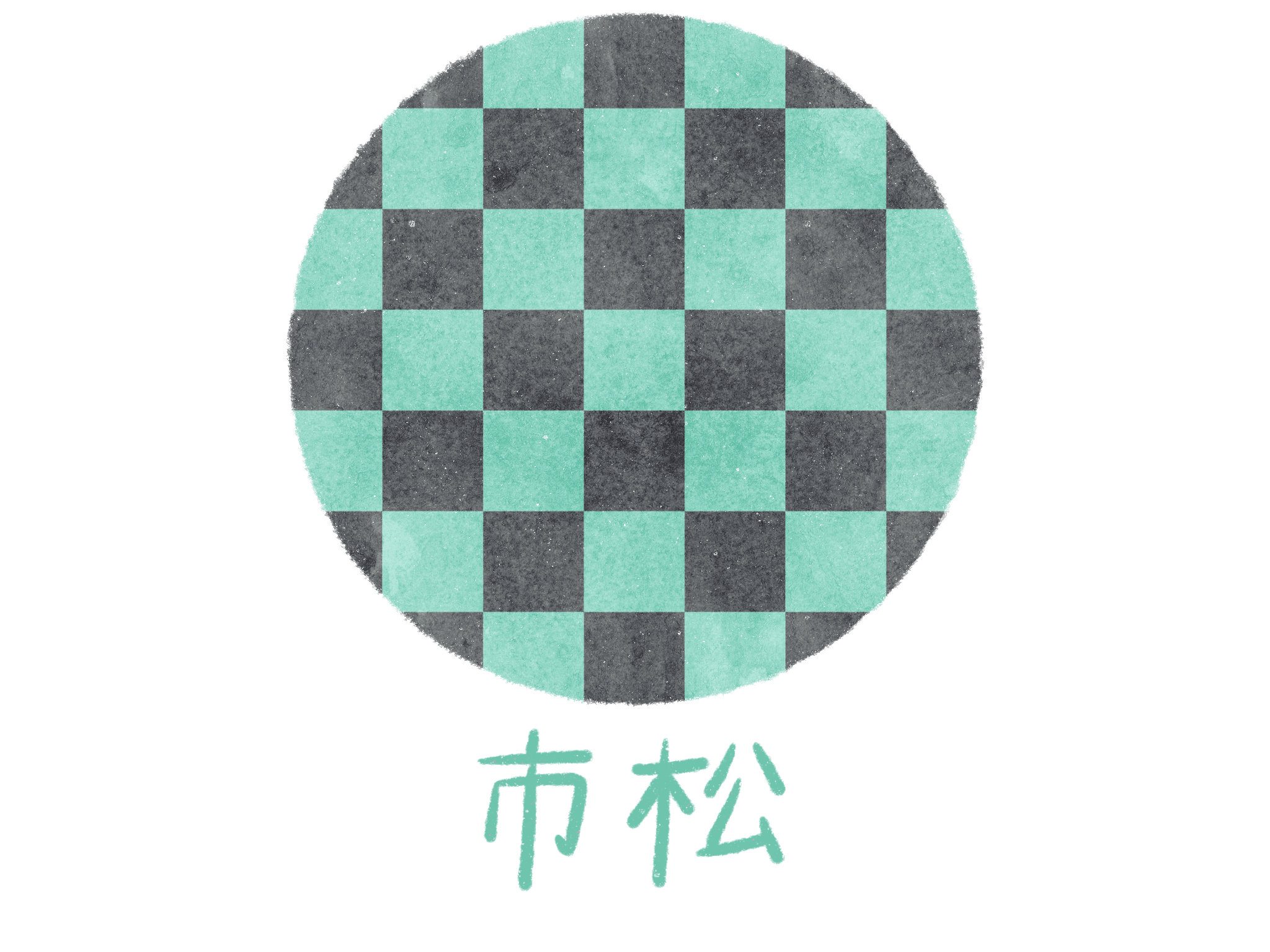
Ichimatsu
Set in the Taisho era (1912–1926), the immensely popular manga and anime series Kimetsu no Yaiba (Demon Slayer) is populated by characters wearing traditional Japanese clothes like kimono and haori with bold and colorful wagara designs. The main character, Tanjiro Kamado, wears a black and green ichimatsu haori.
“Ichimatsu” translates to “checkered pattern,” and it shows the contrast between two colors in alternating squares. The name is derived from 18th-century kabuki actor Sanogawa Ichimatsu, who often wore costumes with this pattern. Because of its perpetual, uninterrupted pattern, ichimatsu symbolizes prosperity.
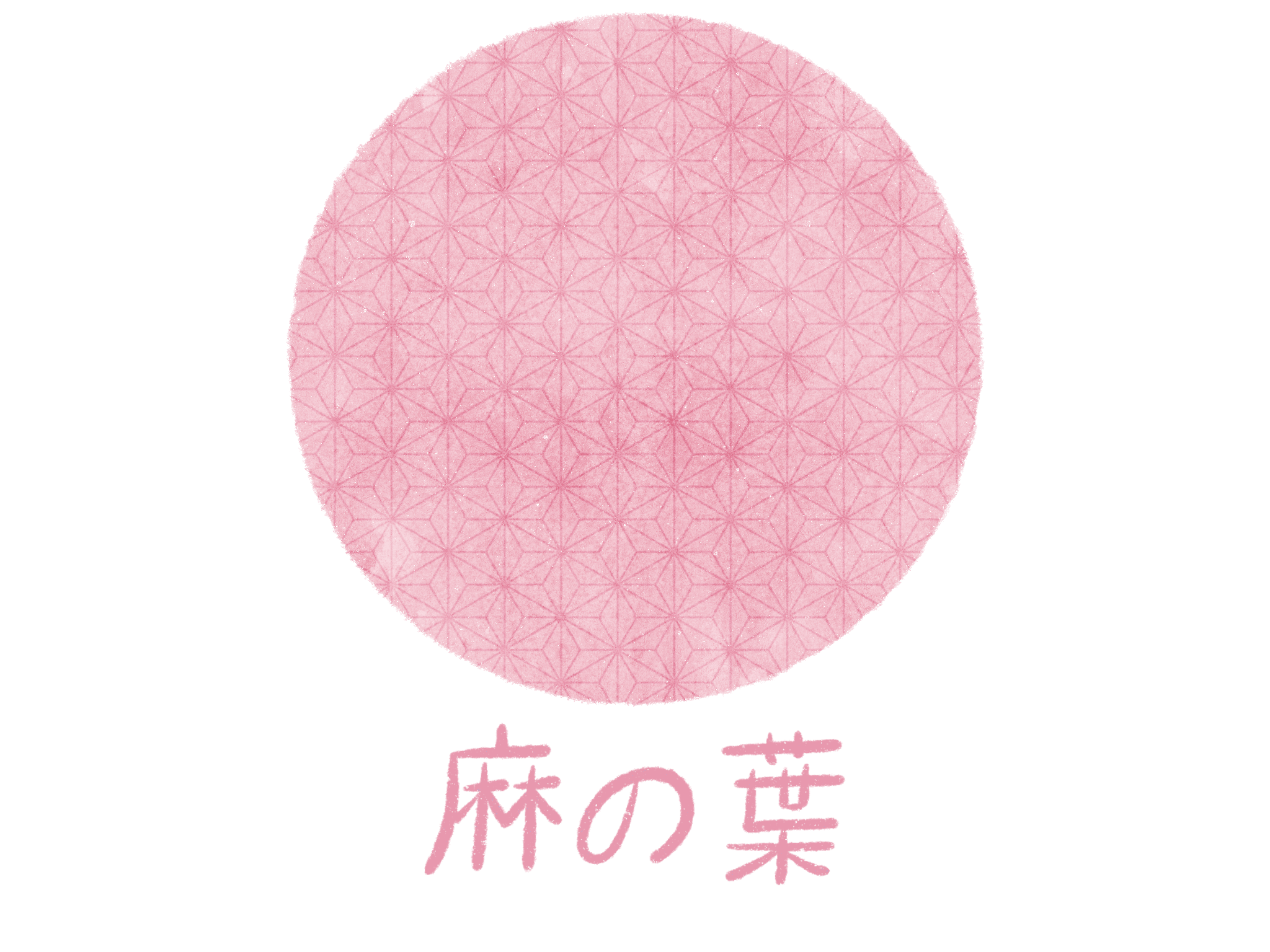
Asanoha
Asanoha’s geometric design is made to mimic hemp leaves. Before cotton was imported to Japan, most textiles were made from hemp, a resilient plant that doesn’t need much care to survive. Due to these characteristics, asanoha has come to represent vitality and durability. It frequently pops up in infant and children’s clothes as a prayer for health and vigor as children grow into adulthood.
Nezuko Kamado, another major character in Kimetsu no Yaiba, wears pink asanoha since she is Tanjiro’s little sister and — spoiler alert — physically remains 12 years old after she transforms into a demon.
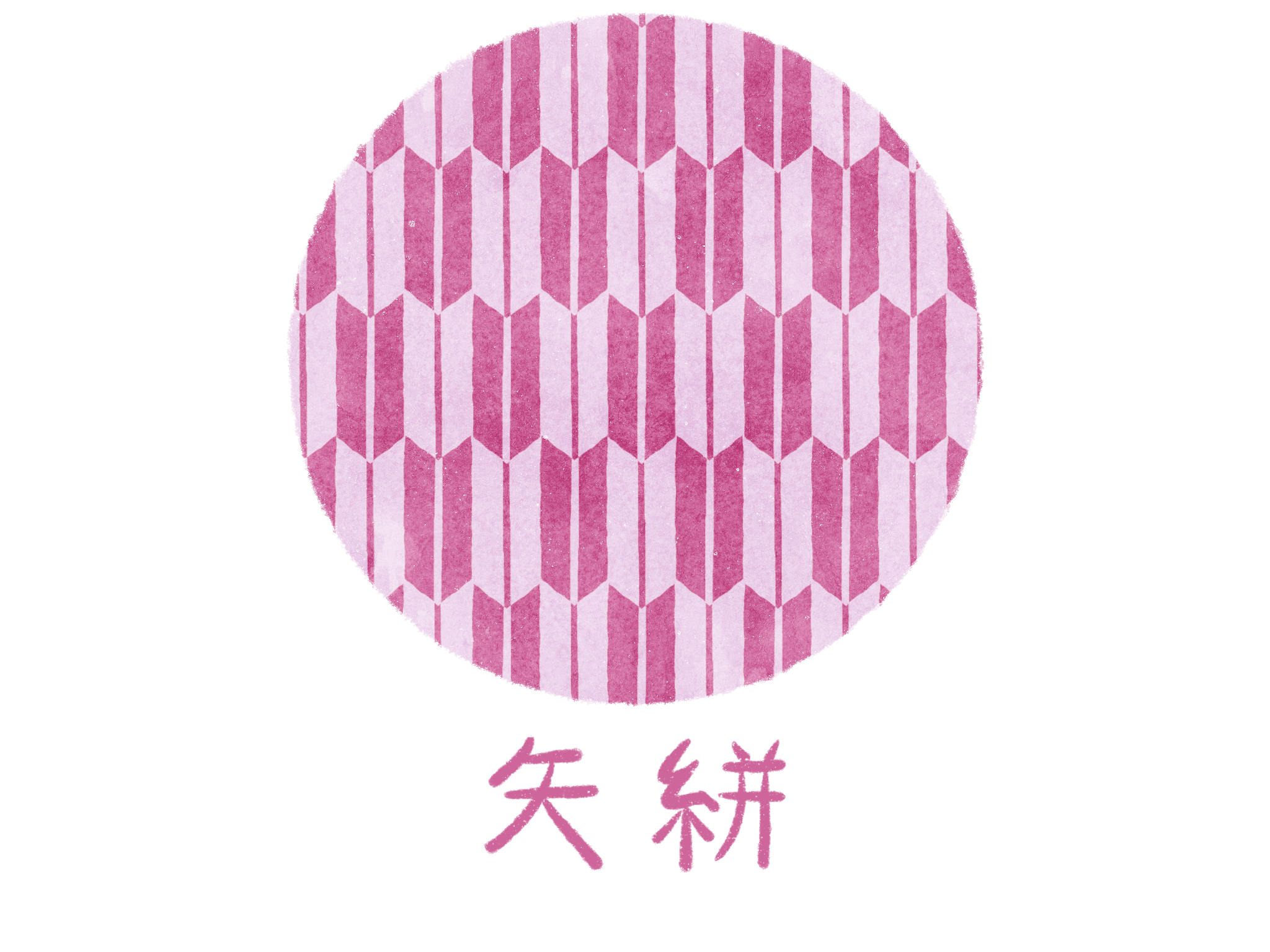
Yagasuri
This wagara is inspired by archery fletching, the directional feather tips attached to arrows. During Oshogatsu (New Year) celebrations, decorative arrows called hamaya are sold at shrines and temples as lucky charms to ward off evil spirits and protect the family home. In the same manner, yagasuri is said to bring protection and good luck.
Yagasuri is also commonly seen in weddings, reflecting the saying “Once an arrow is fired, it never returns,” which refers to the promises that cannot be taken back that couples make to each other. Another wedding-related interpretation is that the bride will be starting her own family and, like an arrow, will not return to her parents.
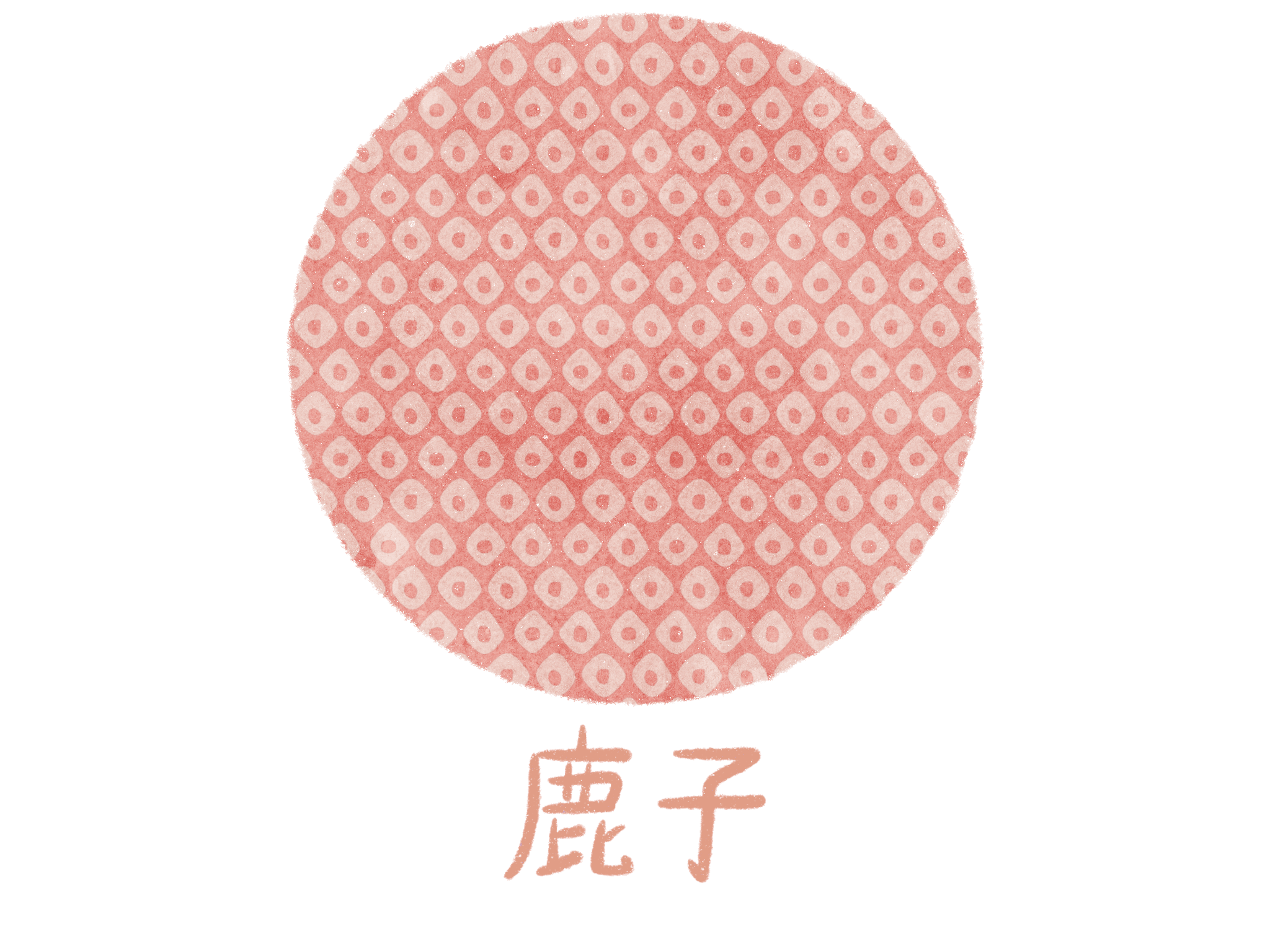
Kanoko
Kanoko directly translates to “deer fawn.” Unsurprisingly, the pattern of repetitive spots resembles the markings on the back of a fawn. This wagara is created by hand using a traditional tie-dyeing technique called shibori. The process of making kanoko shibori is labor-intensive, as it requires artisans to hand-tie every single small knot before soaking the fabric in dye to create the individual spots, resulting in an expensive finished product. As a result, kanoko wagara connotes opulence and wealth. Large kanoko shibori items like kimono are considered luxury items.
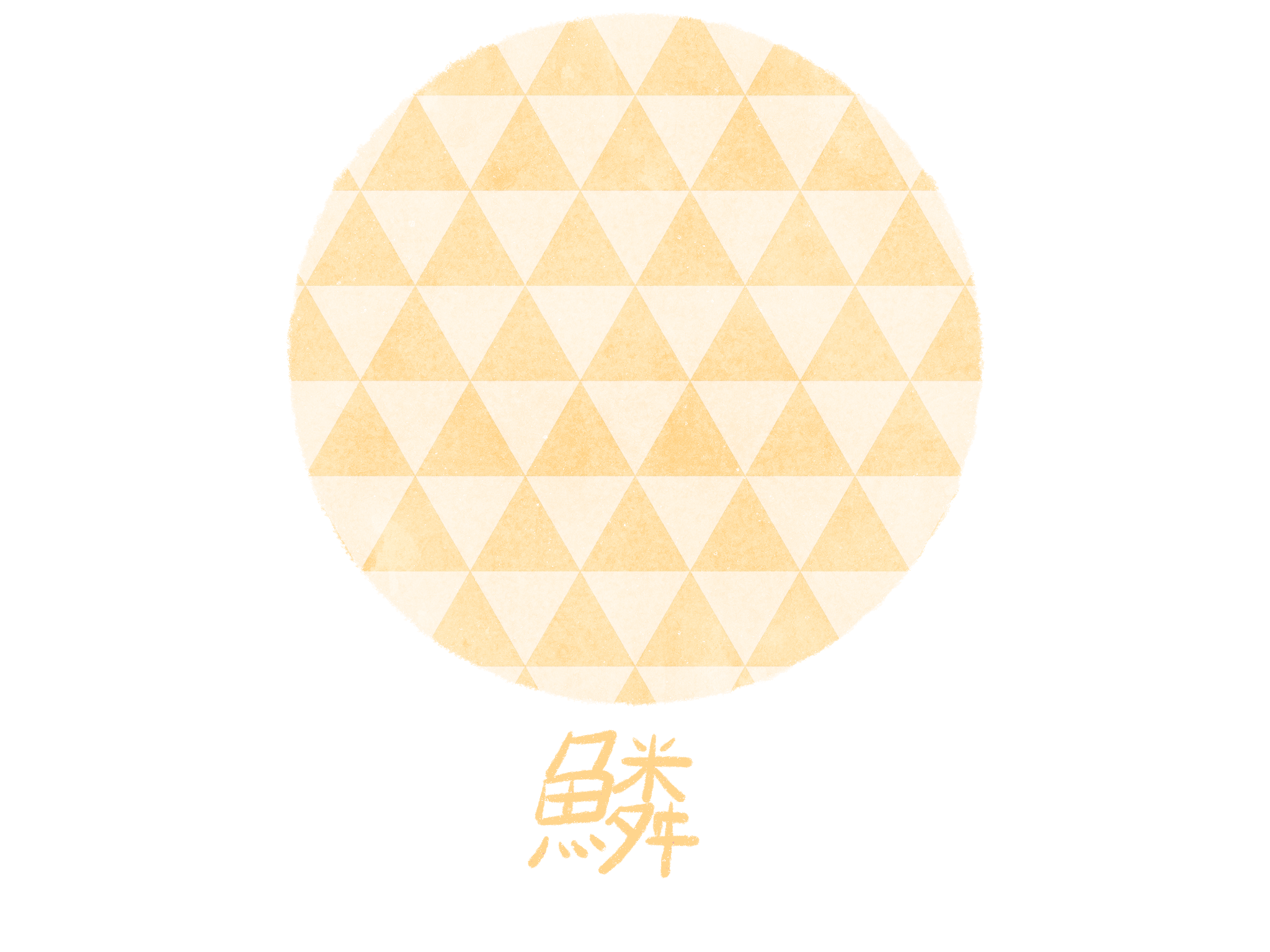
Uroko
Uroko’s triangular pattern mimics the scales of snakes and fish. Because scales in nature protect animals from predators, the triangular shape of this wagara is said to ward off evil and bring protection to the body. Ancient tombs used uroko talismans to deflect demonic spirits. More recently, there is a custom for women in Kyoto to wear uroko-patterned naga-juban (kimono undergarments) during their yakudoshi unlucky years as a protective charm against harm and misfortune.

